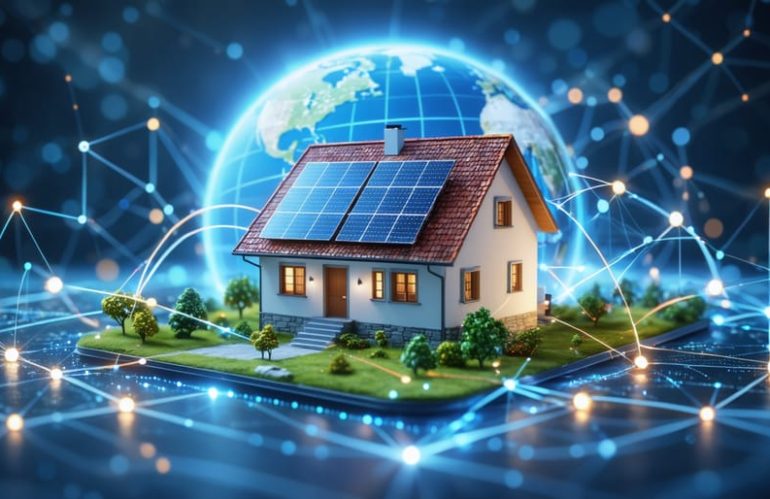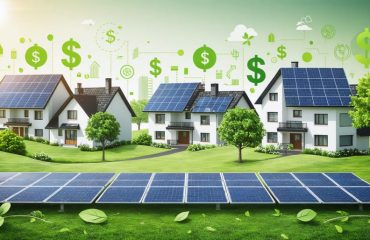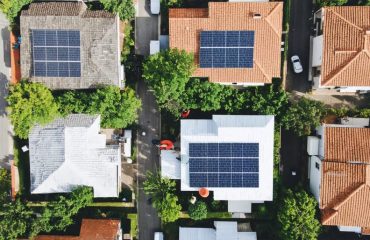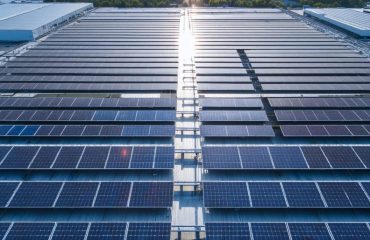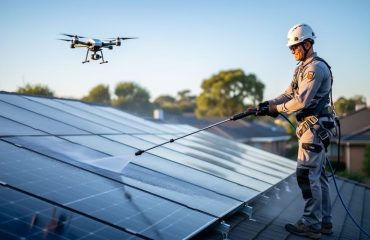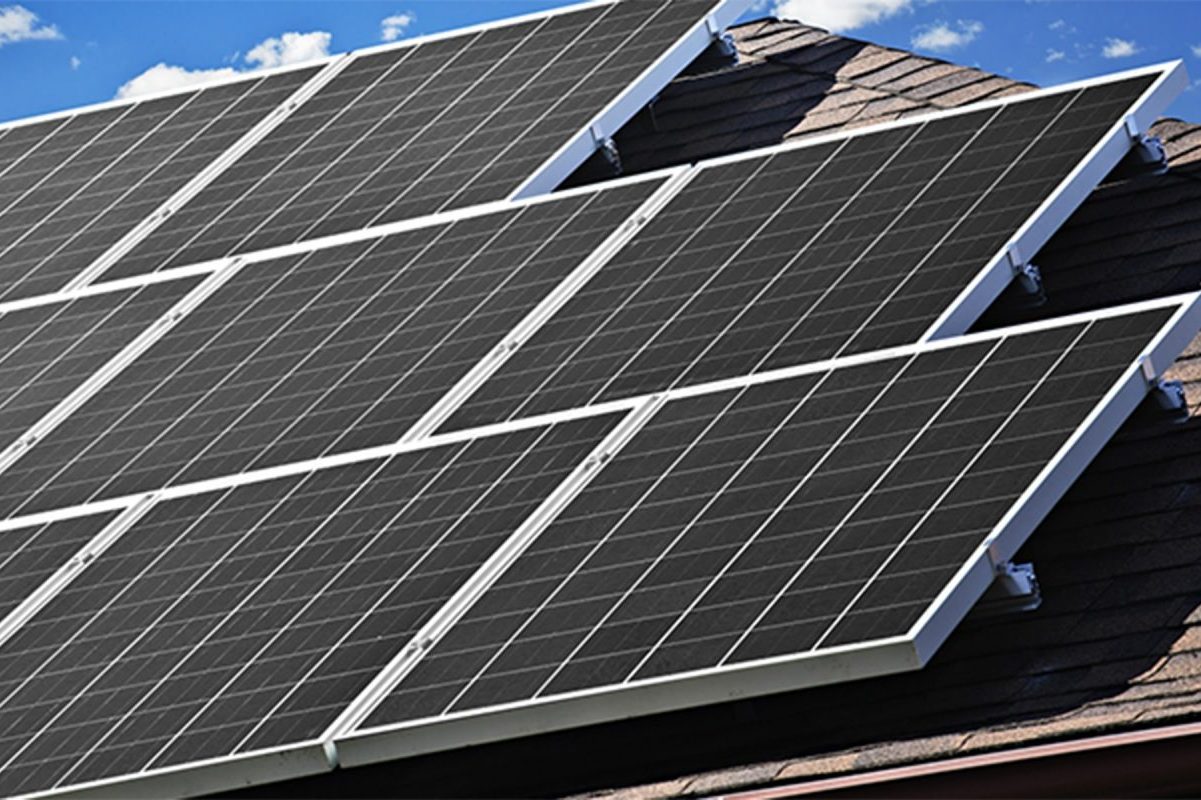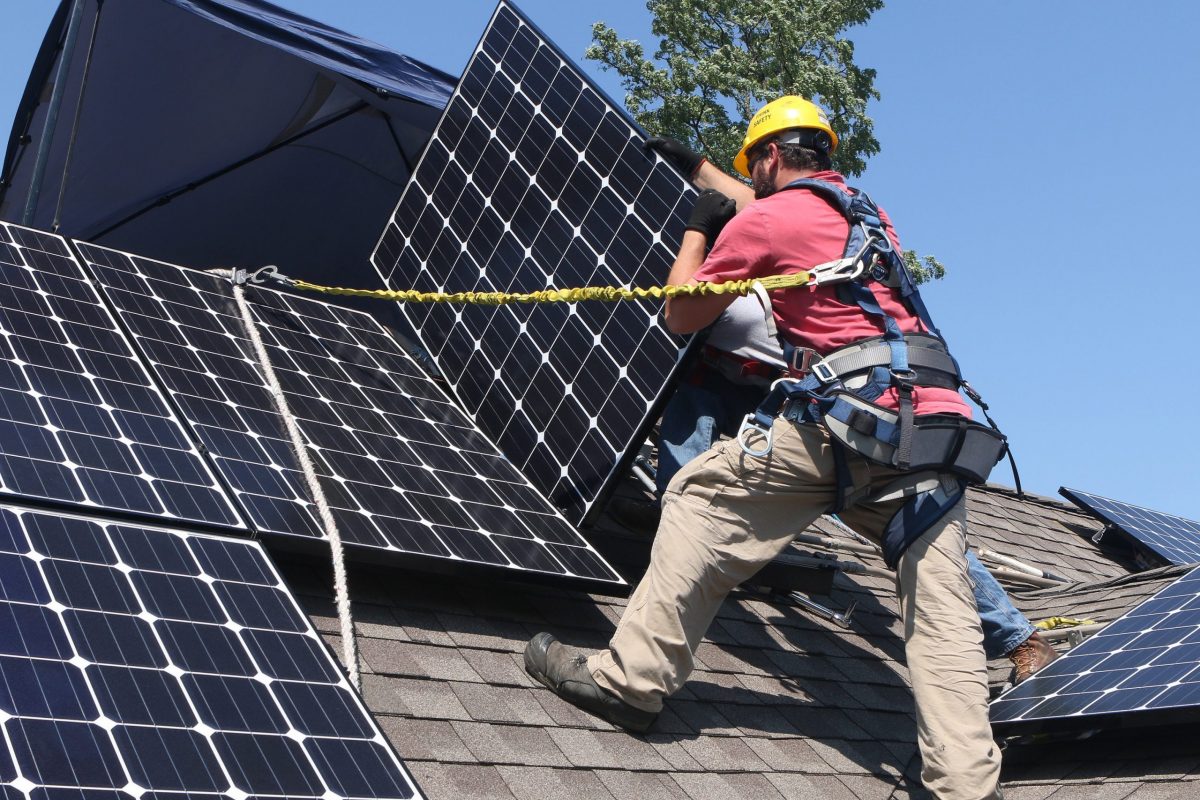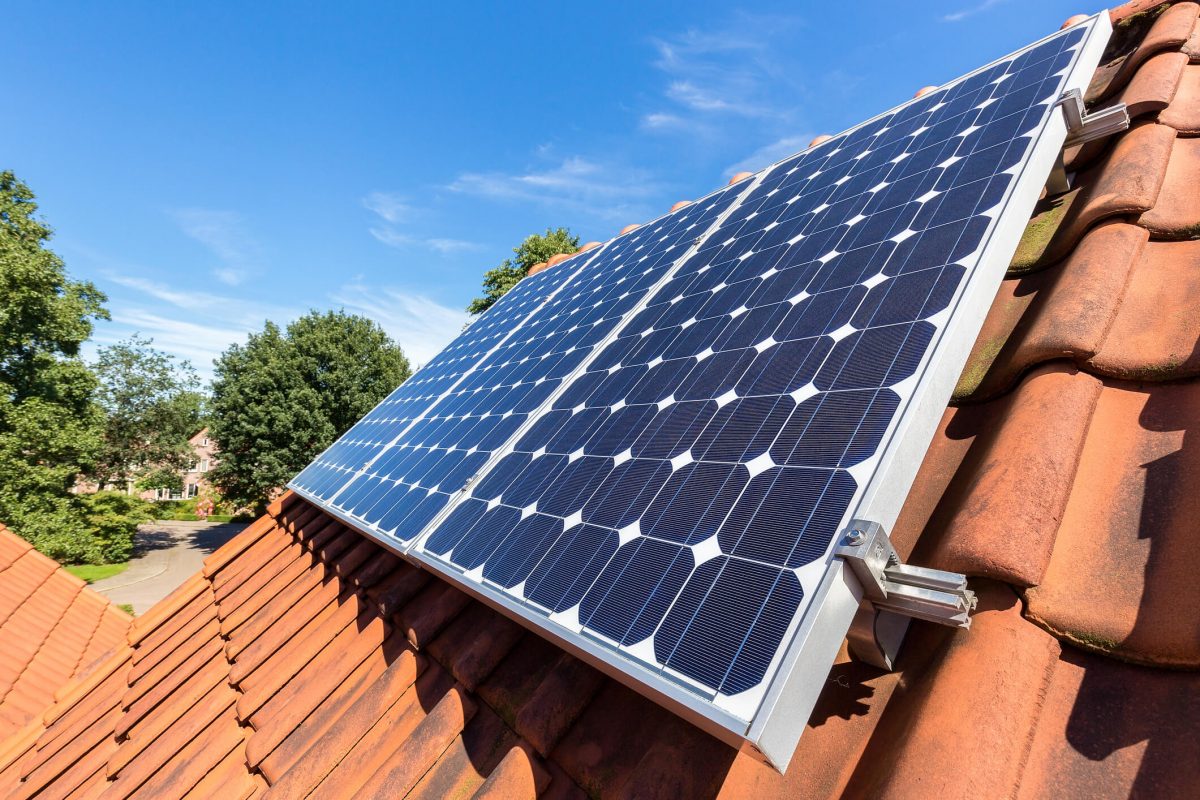Solar interconnection agreements revolutionize the way homeowners harness and share renewable energy, creating a vital bridge between residential solar systems and the broader power grid. These essential contracts define how your solar installation interacts with utility companies, ensuring safe, efficient, and mutually beneficial energy exchange. As solar adoption accelerates globally, understanding interconnection agreements has become crucial for homeowners looking to maximize their investment while contributing to a sustainable energy future.
By establishing clear protocols for feeding excess solar power back into the grid and drawing electricity when needed, these agreements protect both homeowners and utilities while enabling the seamless integration of renewable energy sources. They specify technical requirements, safety standards, and compensation mechanisms, transforming individual solar installations into active participants in our evolving energy landscape. Whether you’re considering solar panels or already have them installed, grasping the fundamentals of interconnection agreements empowers you to make informed decisions about your energy future and potentially increase your solar system’s financial returns.
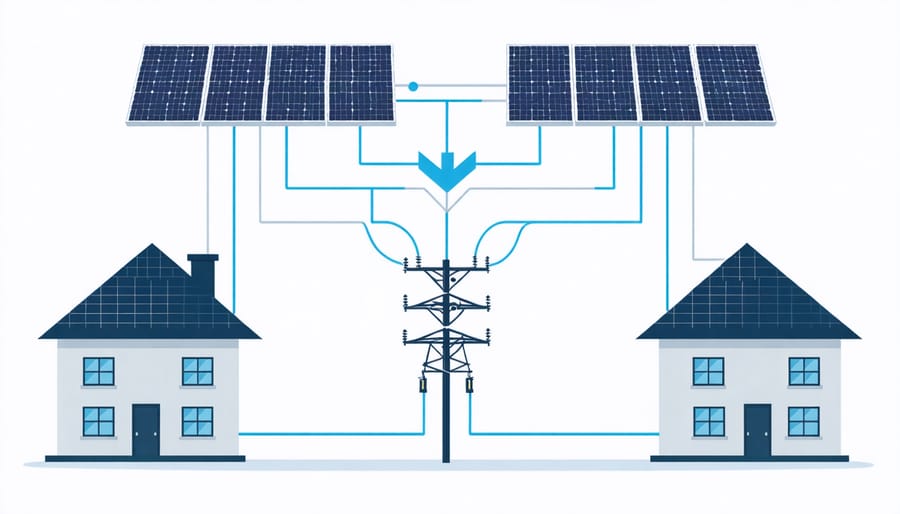
What Makes International Solar Interconnection Different?
Standard Requirements Across Borders
Despite varying local regulations, interconnection agreements worldwide share several fundamental requirements that protect both homeowners and utility companies. Most agreements require safety certification of solar equipment to ensure it meets international standards. Grid-compatible inverters are universally mandatory to maintain power quality and prevent system disruptions.
Another common requirement is the installation of a manual disconnect switch, allowing utility workers to safely maintain power lines. Professional installation by certified electricians is typically required, ensuring systems meet local building codes and safety standards.
Most agreements also include provisions for regular system maintenance and inspections. Insurance requirements are standard across borders, protecting both homeowners and utilities from potential damages or accidents. Additionally, agreements commonly specify maximum system sizes and output limitations to maintain grid stability.
Power quality standards are consistently enforced, requiring systems to operate within specific voltage and frequency ranges. Metering requirements for tracking energy production and consumption are also standard features, though specific configurations may vary by region.
Regional Variations and Why They Matter
Different countries have unique approaches to solar grid connections, which can significantly impact your solar journey. In the United States, interconnection policies vary by state, with California and Arizona leading the way in solar-friendly regulations. These states often offer streamlined processes and clear guidelines for homeowners.
European nations like Germany and Spain have pioneered comprehensive feed-in tariff systems, making it easier for homeowners to connect their solar systems to the grid and receive fair compensation for excess energy. Australia has developed a nationwide framework that standardizes connection requirements across different regions, simplifying the process for homeowners.
Japan’s interconnection policies focus on grid stability, requiring sophisticated inverter technology but offering generous incentives for solar adoption. Meanwhile, developing nations are increasingly adopting progressive solar policies, with India and Brazil creating programs that encourage residential solar installations through simplified connection processes.
Understanding these regional differences can help you advocate for better local policies and make informed decisions about your solar investment, especially if you’re considering moving or have properties in different locations.
Success Stories in International Solar Collaboration
European Solar Network Integration
European countries have developed a sophisticated network for sharing solar energy resources across borders, creating a more resilient and efficient renewable energy system. Through coordinated policies and shared infrastructure, nations like Germany, Spain, and Denmark work together to maximize solar power generation and distribution. This collaboration extends beyond just power sharing to include standardized equipment specifications and community solar initiatives that span multiple countries.
The European Solar Network operates through a series of bilateral and multilateral agreements that enable seamless power transfer between participating nations. When one country experiences peak solar production, excess energy can be distributed to regions with lower generation capacity or higher demand. This system has proven particularly effective during seasonal variations, where northern countries benefit from southern Europe’s higher solar yields during winter months.
For homeowners, this interconnected approach means more stable energy prices and increased grid reliability. The network also helps accelerate the adoption of new solar technologies by creating a larger market for innovations and sharing best practices across borders. This collaborative model has become a blueprint for other regions seeking to establish similar solar sharing agreements.
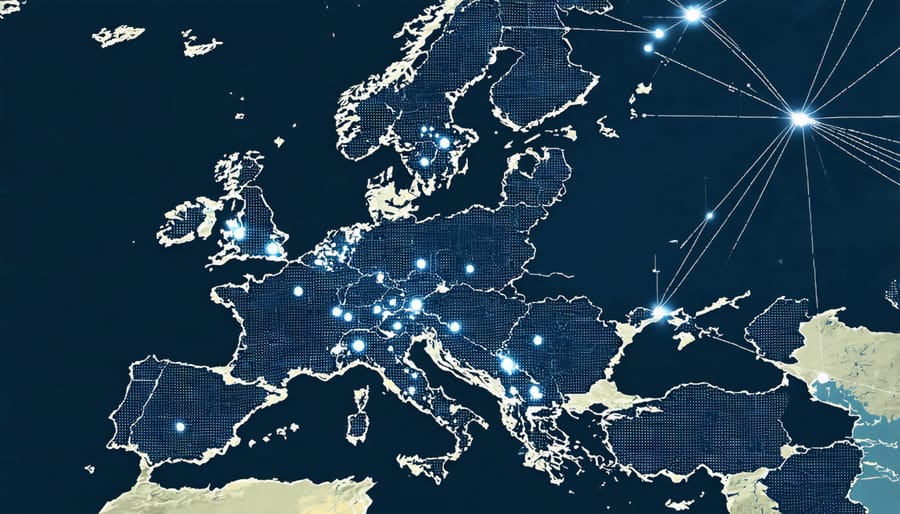
Asia-Pacific Solar Partnerships
The Asia-Pacific region has emerged as a global leader in solar interconnection success stories. Japan’s grid integration program stands out, with over 55 gigawatts of solar capacity seamlessly connected to their national power system. Their straightforward application process and standardized technical requirements have made it easier for homeowners to contribute to the country’s renewable energy goals.
Australia’s distributed energy program has also shown remarkable results, with more than 3 million homes now equipped with rooftop solar systems. Their innovative virtual power plant initiatives allow homeowners to pool their solar resources, creating more stable and efficient power networks while earning additional income.
South Korea’s renewable energy certificate system has effectively incentivized solar adoption, while Singapore’s solar nova program has transformed urban rooftops into power generation hubs. These successful models demonstrate how well-designed interconnection policies can benefit both homeowners and the broader power grid.
The region’s achievements offer valuable lessons for other markets, showing how clear guidelines and supportive policies can accelerate the transition to clean energy while ensuring grid stability and homeowner satisfaction.
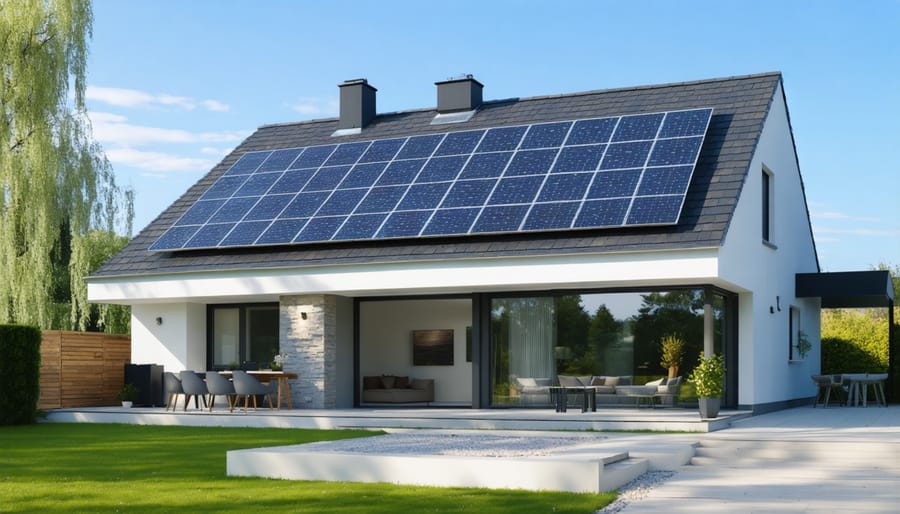
What This Means for Your Home Solar System
Understanding Your Local Agreement
Your local interconnection agreement is shaped by both international and national renewable energy policies, which influence how utilities integrate solar power into the grid. While global agreements like the Paris Accord set broad renewable energy targets, these translate into specific requirements at your local level through state and utility regulations.
Understanding how these policies affect your agreement is crucial for maximizing your solar investment. Many utilities now offer standardized interconnection processes that align with international best practices, making it easier for homeowners to connect their systems to the grid. These standardized approaches often include simplified application procedures and clearer technical requirements.
International policies have also led to the development of local solar incentives that can significantly reduce your installation costs. For example, many regions have adopted net metering policies based on successful international models, allowing you to earn credits for excess energy production.
Your local agreement will typically reflect these international influences through three key areas: safety standards that protect both your system and the grid, compensation rates for excess energy production, and technical requirements for equipment compatibility. Being familiar with these elements helps you make informed decisions about your solar installation and ensures you’re getting the most value from your system while complying with all necessary regulations.
Future Benefits of Global Integration
As solar networks become more interconnected globally, homeowners can expect to see numerous long-term advantages. The expansion of integrated solar systems will likely lead to more stable energy prices and increased grid reliability. When more homes and businesses participate in interconnected solar networks, the entire community benefits from improved energy resilience and reduced dependency on traditional power sources.
Future technological advancements in smart grid systems will enable homeowners to optimize their energy usage and maximize their return on investment. These improvements, combined with evolving solar tax incentives, will make solar adoption even more financially attractive.
As global integration increases, expect to see enhanced energy storage solutions and more efficient power-sharing capabilities. This means surplus energy generated by your panels can be more effectively distributed and credited to your account, potentially increasing your savings. The growth of virtual power plants will allow homeowners to participate in energy trading networks, creating new revenue streams from their solar investments.
Additionally, widespread integration will drive down equipment costs through economies of scale, making initial installation more affordable. Improved standardization of interconnection agreements will simplify the process of connecting to the grid, reducing paperwork and installation timelines for future solar adopters. This streamlined approach will make it easier for more households to embrace solar power and contribute to a more sustainable energy future.
The journey to solar energy adoption represents more than just a personal investment – it’s a meaningful contribution to our planet’s sustainable future. By understanding and pursuing an interconnection agreement, you’re joining a growing community of homeowners who are taking control of their energy production while supporting the global transition to renewable energy.
Remember that interconnection agreements are designed to protect both you and the power grid, ensuring safe and efficient integration of your solar system. While the process may seem complex at first, the long-term benefits far outweigh the initial paperwork and requirements. Not only will you enjoy reduced energy bills and potential tax incentives, but you’ll also increase your property value and gain energy independence.
As solar technology continues to advance and policies become more supportive, there’s never been a better time to embrace solar power. By working with qualified installers and maintaining open communication with your utility company, you can navigate the interconnection process smoothly and begin generating your own clean energy.
Take the first step today by researching local solar installers and connecting with your utility provider about their interconnection requirements. Your decision to go solar isn’t just about powering your home – it’s about being part of a worldwide movement toward a cleaner, more sustainable energy future. Join the millions of homeowners who are already leading the charge in renewable energy adoption and making a difference for generations to come.

